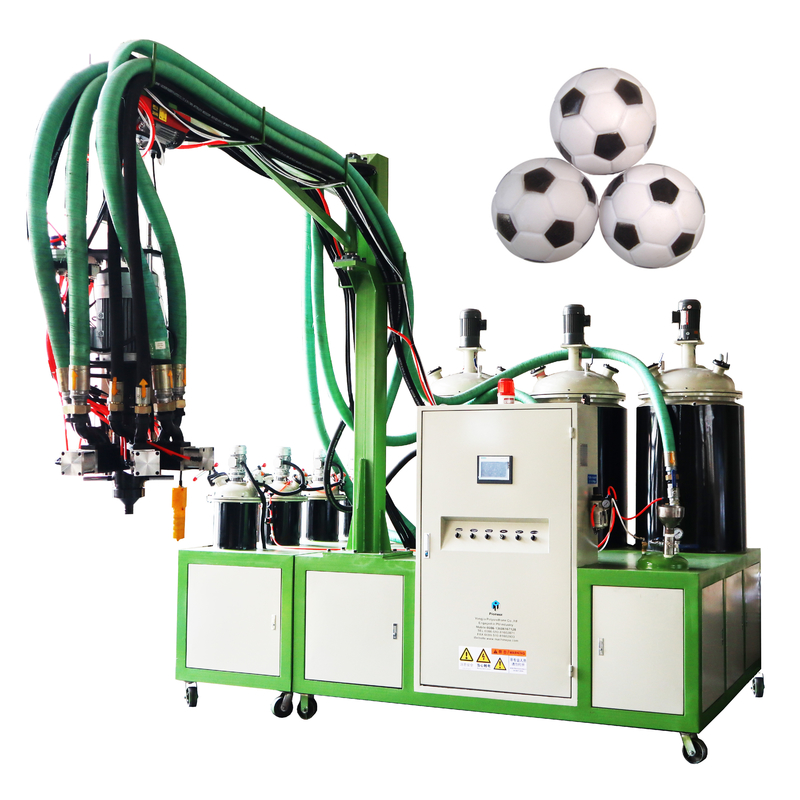Polyurethane plastics are ubiquitous, used everywhere from mattresses to shoes. But once these products are no longer wanted, these materials litter landfills and oceans across the world.
Now, a group of researchers at Northwestern University has developed a new recycling method for polyurethane foams, one of the most common types of plastic, that uses nontoxic, greener catalysts, as described in a paper published Aug. 27 in the journal Macromolecules. Polyurethane Foam Packing

The process involves chemical reactions that simultaneously reprocess and “refoam” polyurethane after heating in the presence of a zirconium-based catalyst and foaming agent is introduced. The recycled foam maintained its durability and structural and chemical integrity. The process is described in a related paper published earlier this month in the journal Advanced Materials.
William Dichtel, the Robert L. Letsinger Professor of Chemistry at Northwestern’s Weinberg College of Arts and Sciences, led the research team and called the breakthrough finding a “major step forward.” When plastics with a circular life cycle are produced, they become an important part of the economy of the future.
“The types of polymers that require this catalyst approach are called thermosets, or crosslinked polymers,” said Dichtel, who is a faculty affiliate at Northwestern’s Paula M. Trienens Institute for Sustainability and Energy. “Thermosets are important because of their superior durability and stability, but these properties come at the expense of recyclability. New methods to recycle thermosets will reduce greenhouse emissions, save energy and decrease landfill use.”
This “circular life cycle” refers to materials that are reprocessed or remanufactured with minimal loss of quality and value, rather than being used once and discarded or destroyed.
Traditional polymer plastic recycling involves melting down the plastic and then casting it for a new use. But more durable plastics — like polyurethanes from spray-foam insulation, car interiors and types of apparel — don’t melt down because of their crosslinked structure.
Dichtel and his team developed a method to recycle and reshape existing polyurethane foam products by incorporating a zirconium-based catalyst into the material after it is blended into smaller pieces using a kitchen blender. They had previously relied on tin-based catalysts for this process, but these catalysts are too toxic to be explored further.
When the polyurethane is heated, the zirconium catalyst rearranges its bonds and allows the material to be reshaped. At the same time, a substance called a foaming agent generates new gas bubbles, which are trapped within the plastic. In this way, the old polyurethane foam, typically only used once, is transformed into a new, reshaped foam.
The discovery builds on Dichtel’s prior research that established a way to recycle polyurethane foam into solid plastics. These results were an important step toward polyurethane circularity; however, solid plastic products produced in the study are not used commercially. The ability to recycle one foam into another foam product projects to be far more important and was enabled by a key collaboration with scientists from BASF, a major polyurethane producer.
Implications of the new technique are global, according to the study. The discovery could be applied to post-consumer polyurethane foam products or unused industrial scrap plastics. “We are excited to work with our partners at BASF, one of the most important and innovative polyurethane producers in the world, to continue our quest to make polyurethane more circular and sustainable,” Dichtel said of the next steps.
This research was supported by the REMADE Institute, the National Science Foundation through the Center for Sustainable Polymers, and the NSF Graduate Research Fellowship Program.
1603 Orrington Avenue 2nd Floor Evanston, IL 60201

Spray Foam Machine set Get the latest news delivered to your inbox.